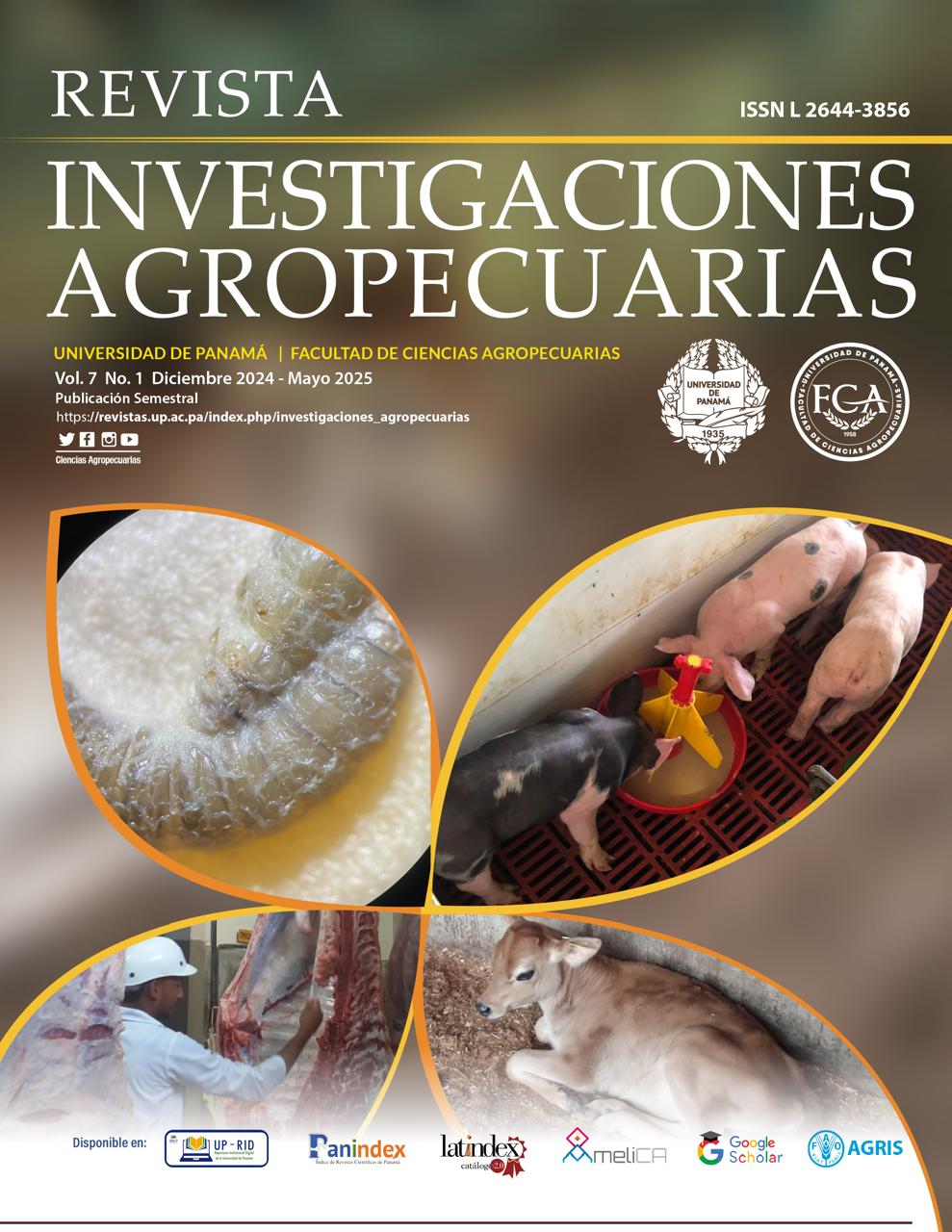

Copyright (c) 2024 Journal of Agricultural Research

This work is licensed under a Creative Commons Attribution-NonCommercial-ShareAlike 4.0 International License.
Behavior represents the strategies of an individual to deal with environmental challenges. The objective of this study was to determine the effect of social stress on the temporal consistency of behavior and its relationship with animal well-being and productive performance. This study was conducted at the Faculty of Agricultural Sciences, University of Panama. A completely randomized design was used with two factors: animal personality (proactive, reactive, intermediate) and feeding conditions (high competition, low competition). Each treatment was evaluated in triplicates. Animal personality traits showed significant differences in latencies for the first escape attempt at the end of the trial (p<0.001). The proactive group showed greater final weight, weight gain, feed conversion rate, and specific growth rate than the mixed and reactive groups (P <0.001, P <0.001; p<0.001; p<0.001, respectively). The percentage of individuals with fin lesions differed significantly according to animal personality (p=0.005). The phenotypes showed a higher percentage of lesions under the high-competition feeding condition (p=0.002). Under the high-competition feeding condition, the proactive and mixed groups showed a higher percentage of fin lesions than the reactive group (p<0.001 and p<0.001, respectively). Selection for animal personality traits showed consistent differences in behavior at the end of the trial, which were not affected by feeding conditions. The proactive ones showed better productive performance than the mixed and reactive ones did. The percentage of damage to the fins reflects that the proactive individuals were more likely to suffer injuries, especially in the high-competition feeding condition.